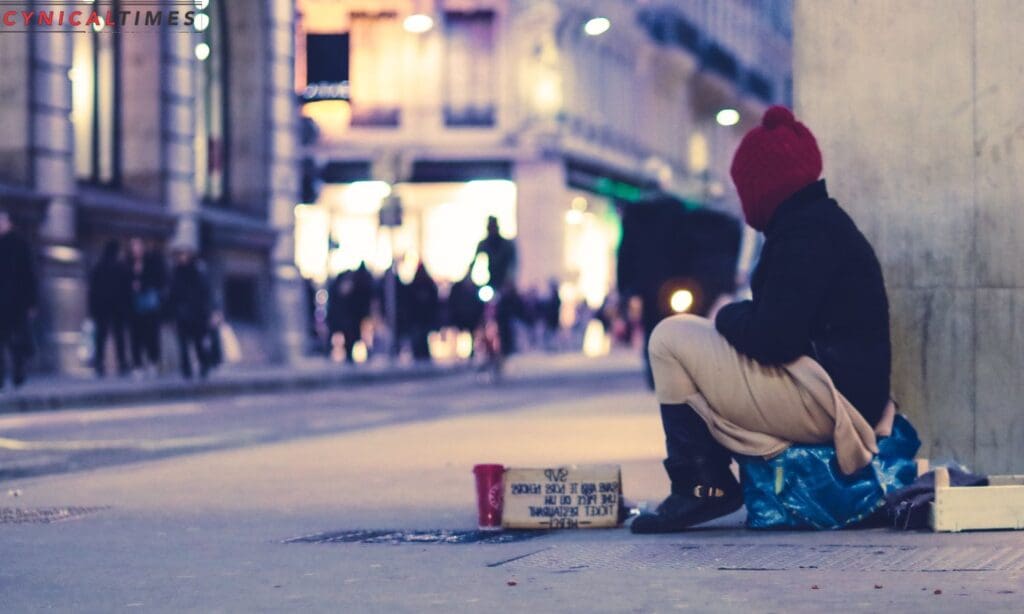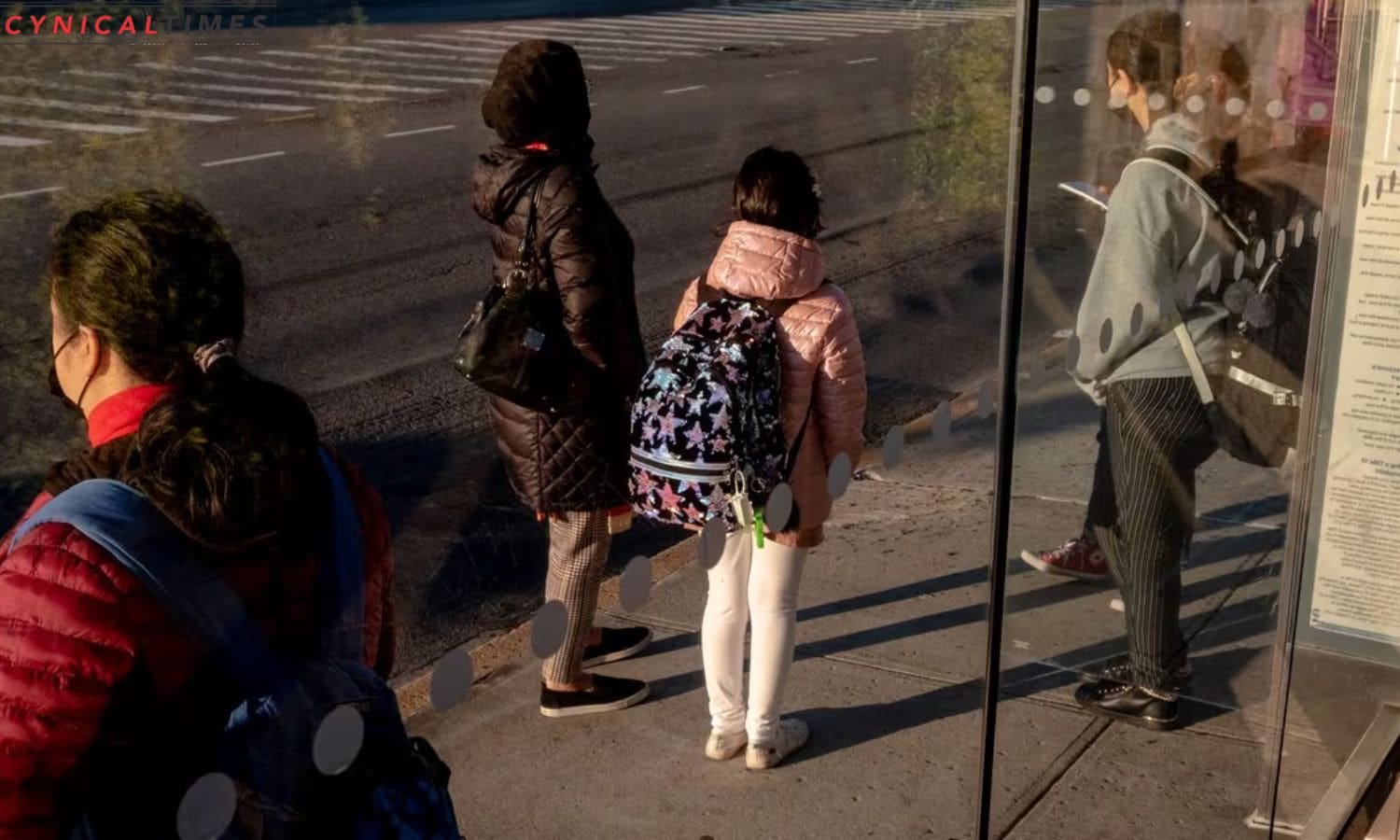Bridging Hope East Side Students: In anticipation of Giving Tuesday, a global day dedicated to charitable contributions, the East Side Union High School District is urging people to support its initiative aimed at helping nearly a thousand students facing housing challenges while pursuing an education.
Carlos Singh, Executive Director of the East Side Education Foundation, emphasized the profound impact of insufficient resources on education, particularly when basic needs like food and shelter are unmet. To address the growing issue of homelessness within its student population, the district launched its Giving Tuesday campaign in San Jose.
Maryam Aldalat, Director of Student Services for the district, highlighted the diverse struggles faced by some students, ranging from chronic housing instability to residing in motels, shelters, streets, or parks. In 2020, the district identified 300 homeless students, defined as those living in transitional housing due to financial hardships. This year, the number has risen to about 900, and the district anticipates it could reach 1500 by the en

Also Read: San Jose Housing Market Heat: Condo Sizzles at $2.1M!
Aldalat pointed out the academic challenges faced by these students, including attendance issues and the lack of basic necessities like clothing and shoes. All funds raised through the campaign will directly benefit students via the federal McKinney-Vento Program, providing warm clothing and gift cards during the holiday season. The McKinney-Vento Homeless Assistance Act ensures the rights and protections of youth experiencing homelessness.
Carlos Singh emphasized the importance of equal access to education for all children, regardless of their housing situation. Additionally, the East Side Education Foundation collaborates with San Jose State University to offer scholarships to students grappling with housing insecurity.
For those willing to contribute to this cause on Giving Tuesday, donations can be made at the [East Side Fund]. Your support will not only make a difference in the lives of these students but also contribute to building a more equitable educational environment.

